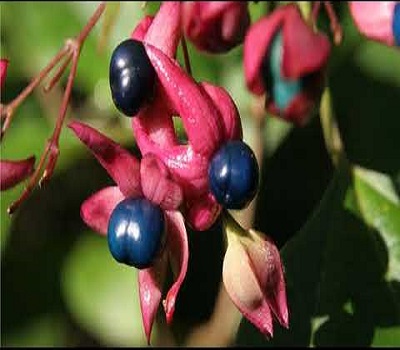Berries are appearing on plants and hedgerows early this year because of the unusual weather patterns.
The combination of a warm, dry spring, followed by July and.
“Berries are a vital part of gardens and wildlife, and things have come together this year to make an abundant and beautiful crop,” said Guy Barter, chief horticulturist at the Royal Horticultural Society (RHS), according to BBC.
Plants that are already bearing berries include spindle bushes (Euonymus) and firethorn (Pyracantha), while crab apples are also ripening early.
The fruits are likely to coincide with the appearance of autumn colour on leaves.
“At some stage, the autumn colours will form and you will get these wonderful colour combinations of reds, blacks, yellows and purples – something to look forward to,” he added.
Trevor Dines of the charity, Plantlife, said there have been near-perfect conditions for good fruit in our hedgerows this year.
The dry warm spring encouraged pollinating bees, wasps and flies to be out at peak flowering times in April and May.
Then, the warm, wet summer was perfect for fruit development, with water around to swell the berries.
Meanwhile, autumn colour is also on display in some areas.
“With the return to wetter conditions over summer, it’s been a bit of an extended growing season and so it’s not surprising that we’re now seeing fruit set and autumn colours arriving three to five weeks earlier than normal,” said Dr Dines.
“Oak trees in north Wales are already starting to turn colour – you’d normally not see that until late October.”
Berries are a valuable source of food for wildlife, particularly birds.
Thrushes, blackbirds, redwings and fieldfares feast on berries throughout the winter.
The seeds pass out through the bird’s gut and are often deposited far away, helping to spread plants far and wide.
H.Z

